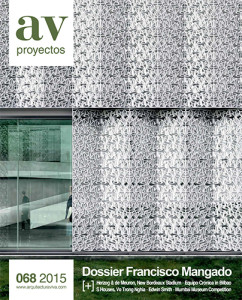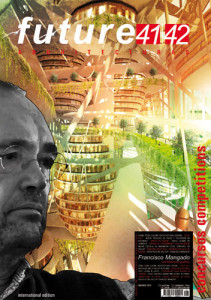Dwellings in Monges Croix Sud-Blagnac+
2011-
Toulouse-France
10.315 m2
The location here is one of low density, of isolated buildings organized along sidewalks and street alignments. The value of public space is in this case subordinated to the nature of the private spaces, and the proposal is configured on the basis of the organization of the volumes that give priority to the structure of the open public space, with attention to the following objectives:
– Shaping the public space, where the implantation of the various buildings is carried out through a constant search for different diagonal perspectives, with emphasis on an interstitial outdoor garden space that is rich with complex and attractive visuals, as well as visual links between the future domestic spaces.
– Organizing the apartment blocks with an eye to typological diversity, and opening up the main domestic spaces to the south through exterior filter spaces of the terrace kind.
– Designing the circulations in such a way that allows wheeled access to the dwelling, and priority to pedestrians as a fundamental given in the design of the garden areas around the dwellings.
For the exterior urbanized areas of the ground level to function properly, a unitary and continuous system has been designed that qualifies the different exterior zones through a landscaping treatment.
Toulouse, Francia


